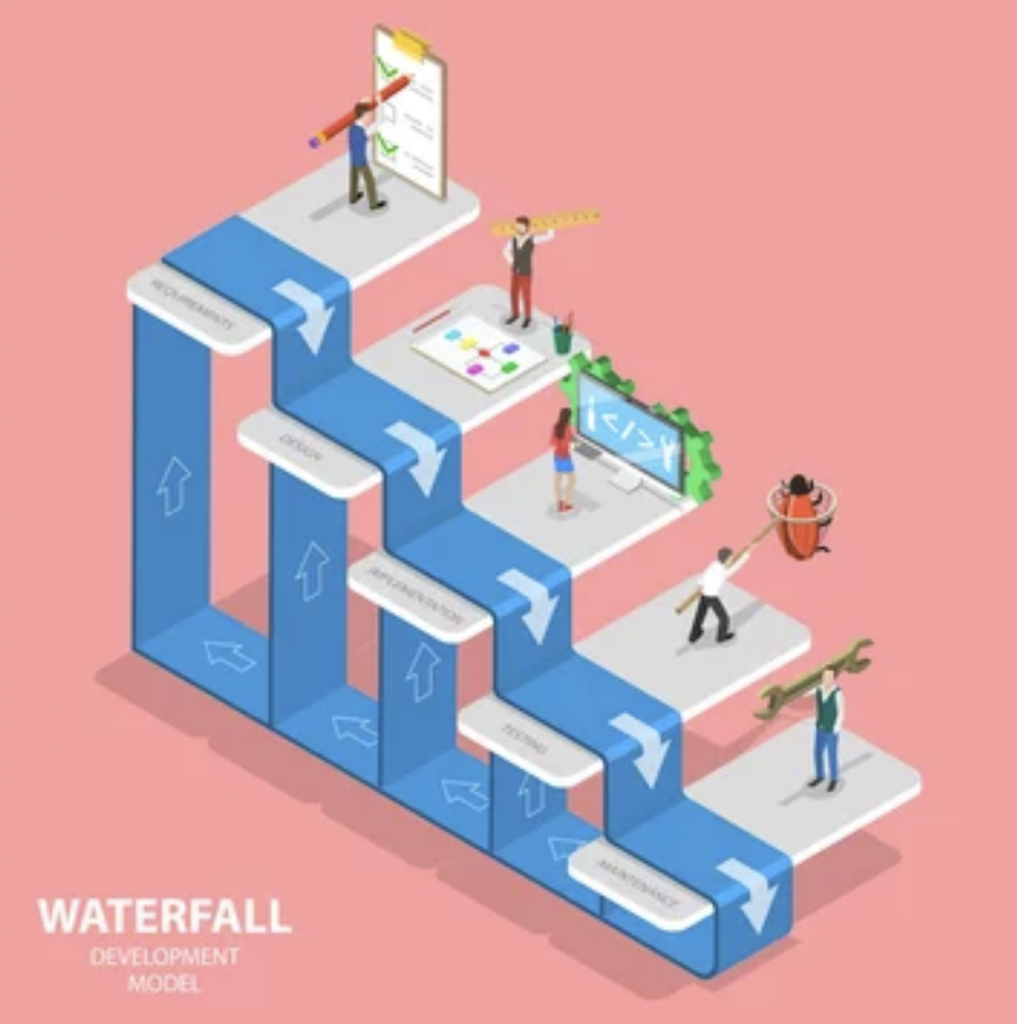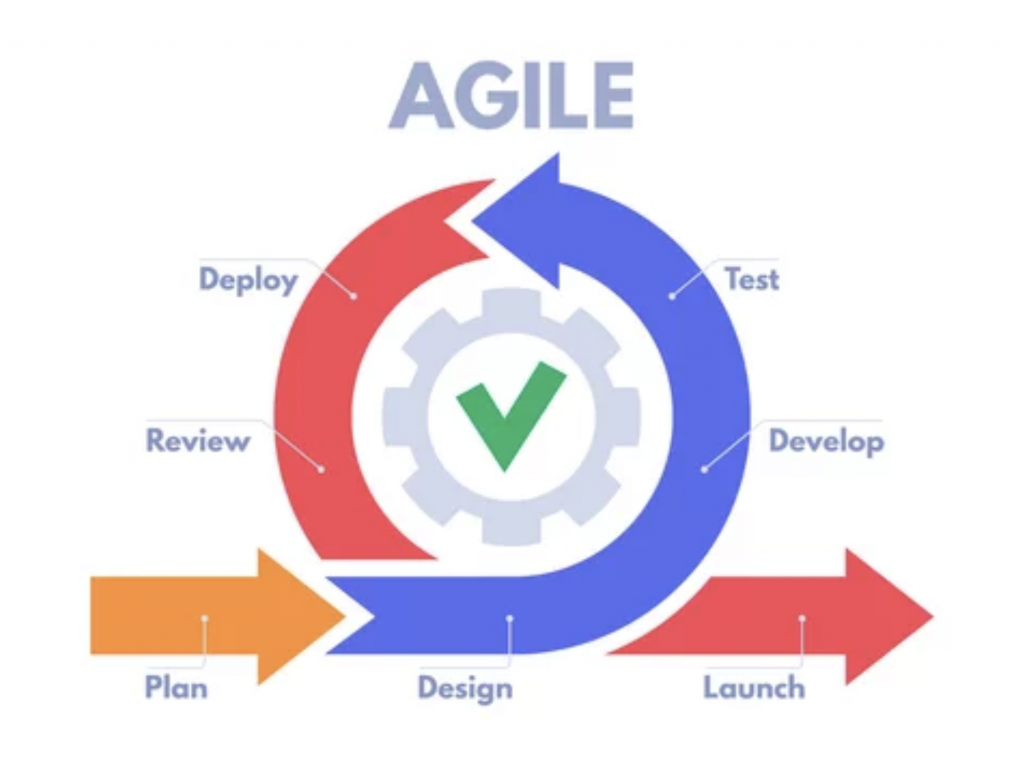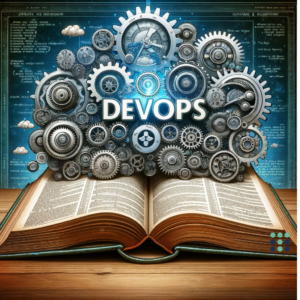Agile and Waterfall, the two most popular project management methodologies with distinct pros and cons. So — which is better? The answer may not be so cut and dry. To determine which approach is best for your business, you must first understand what sets them apart.
What is Waterfall Project Management?
Even if you don’t work in software development or have no project management knowledge, you’ll likely be familiar with the Waterfall methodology. Using the Waterfall method means approaching projects in a linear, sequential fashion. A project is divided into specific phases, only starting a new stage after the previous one has been completed.
A Quick Breakdown

- Requirements
- Design
- Implementation
- Verification
- Maintenance
Why It Works
- The Waterfall method is easy to manage and very straightforward. Before the project even begins, deliverables and deadlines are already set.
- A significant aspect of this particular project management model is the well-documented process and results.
- There’s a defined scope of work — you have a clear vision of what you want.
- Each team member is designated a specific team role and has a clear understanding of their responsibilities.
- Changes are unlikely to occur because you know what they want. That means you’re more likely to end up at your destination much quicker.
Why It Doesn't
- This style of project management is rigid. There’s no room for change or creativity.
- There’s a higher chance of dissatisfaction once you’ve reached your goal due to the lack of feedback and its implementation during each phase.
- Once the train has left the station, it’s difficult to backtrack. In this case, the station is the completed phase. Going back to make changes to previous phases is challenging — and can be costly, too.
What is Agile Project Management?
A Quick Breakdown

“Individuals and interactions over processes and tools,
Working software over comprehensive documentation,
Customer collaboration over contract negotiation,
Responding to change over following a plan.”
Why It Works
- In Agile, the customer comes first — or at least, their feedback does. Whether it’s a customer you’re working for or answering to stakeholders, implementing their feedback ensures a higher quality end result.
- Want to make changes? No problem. Adaptability and continuous collaboration are two of the main values of Agile. So, if you or your stakeholders need to make changes to scope, deliverables, and due dates, your team is flexible enough to do so.
- Efficient communication is paramount. Each iteration results in a review process to determine what’s working, what’s not, and what direction to take next.
- Agile doesn’t require a defined scope or clear picture of what the final result should look like. This provides more freedom to adapt to changing markets or needs quickly.
Why It Doesn't
- Making changes with Agile isn’t an issue, but it still adds to the total cost. Not only can it be potentially expensive, but it could extend your timeline, too.
- This process is intense and immersive. Everyone needs to be dedicated and available for constant feedback and implementation.
- These projects can stall or go off the rails without a strong project manager leading the team and keeping track of the overall vision.
- On a similar note, this is not the ideal methodology for teams with members that require more guidance or supervision.
It's Not Either-Or; The Solution Is Hybrid
Life isn’t black or white — and neither is project management. The reality is that there’s no such thing as a perfect project management methodology. The best approach you can take is a hybrid one, assessing situations case-by-case and using different tools and strategies to tackle them. By using either Waterfall or Agile, you’re missing out on the benefits of both — and that’s where Disciplined Agile (DA) comes in.
Rather than considering Agile or Waterfall alone, employing DA and its toolkit can help your team work better together and reach goals quicker. Through Tactec’s Disciplined Agile Scrum Master (DASM) training, you’ll learn practical agile and lean skills from experts, not just instructors, to help you:
- expand your organization,
- provide you with a wide range of tools you can take to any workplace or industry, and
- improve your salary.
Because in today’s market — who doesn’t want better career prospects?
IT and non-IT professionals can both benefit from the practices, resources, and expanded network they’ll gain when they take their first step on the Disciplined Agile journey. If you’re ready to take your first step to a job voted top 10 most promising on LinkedIn, join our next live training — no agile experience necessary!






